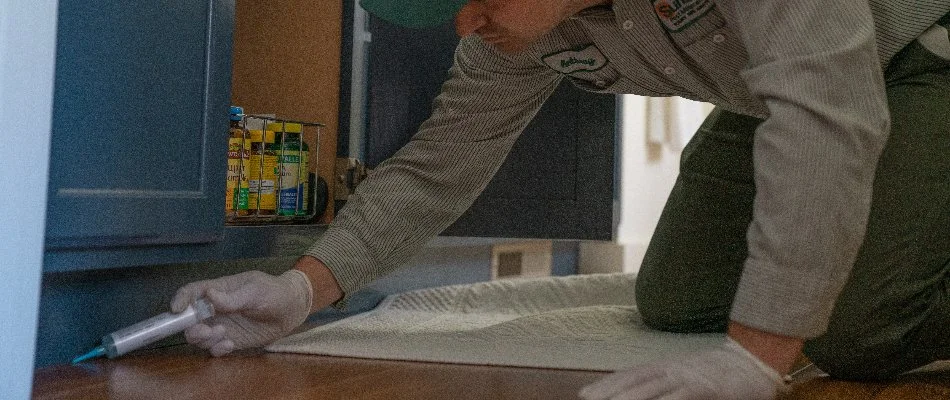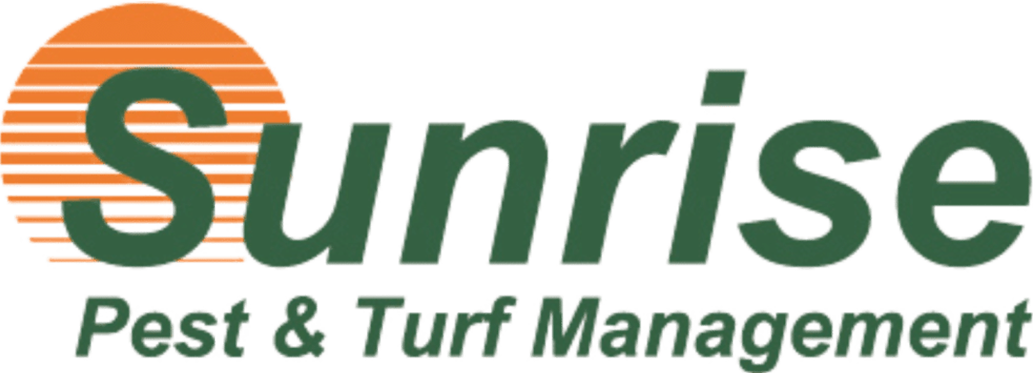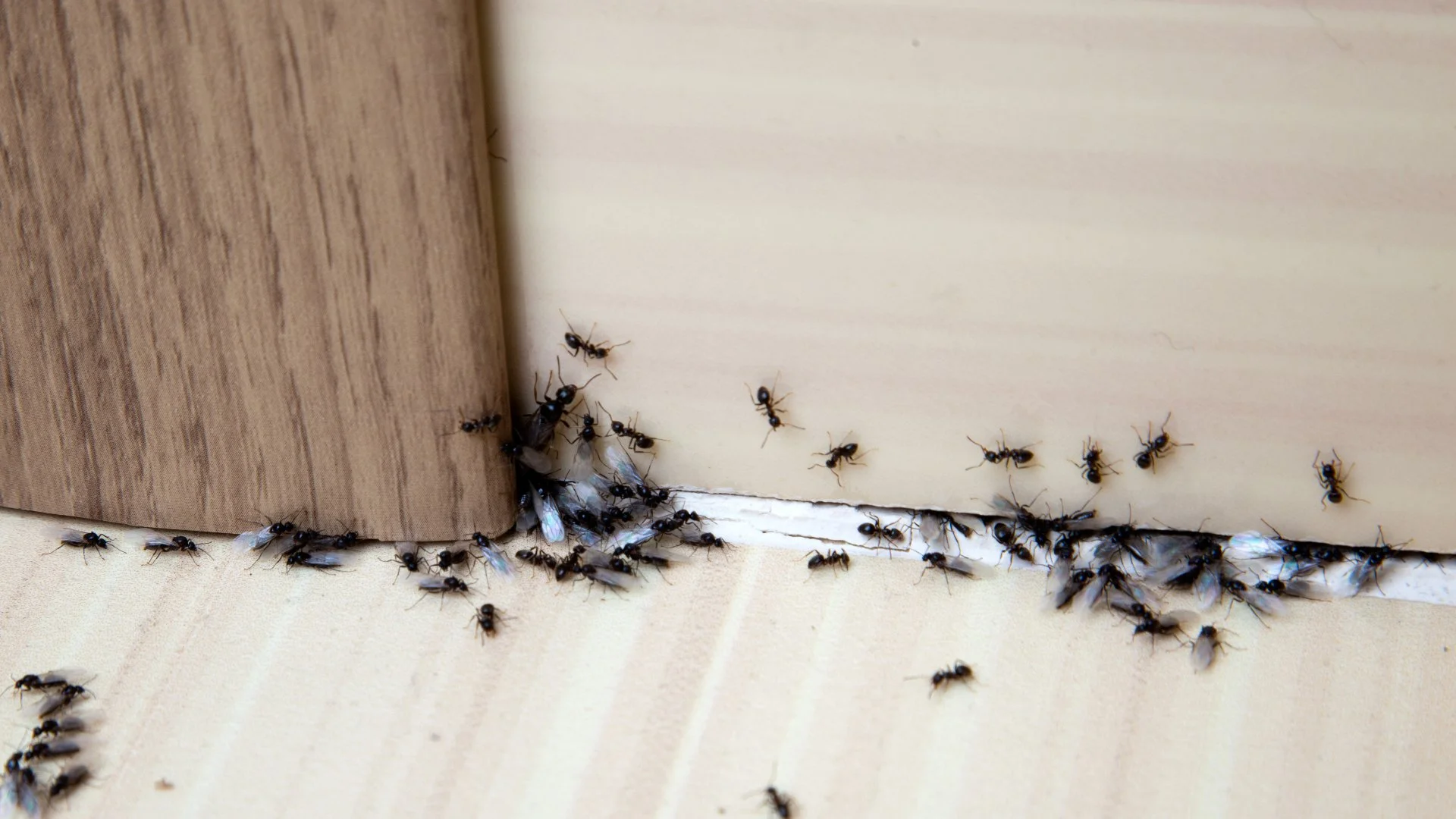Carpenter Ant Control Service in Bremerton, Bellevue, Bainbridge Island, WA & Surrounding Cities
Different treatment methods are utilized to get rid of the carpenter ant infestation.
If you're looking for professionals to help get rid of a carpenter ant infestation, you've come to the right place! An inspection of your indoor space is the first step our techs at Sunrise Pest & Turf Management take so that we can identify activity and potential causes of the infestation. From there, we'll treat it the same day, utilizing different methods like baits, perimeter sprays, and more. Afterward, you may notice increased activity, but it should completely cease after 30 days. However, we back this service with a 60-day warranty, so if you continue to see carpenter ants after a month, we will return to re-treat your property at no additional cost.
Homeowners in Bremerton, Bellevue, Bainbridge Island, Seattle, and nearby areas in Washington can take advantage of our carpenter ant control service. Sign up today by calling us at (888) 376-9109!
Your Home Will Be Inspected & Treated for Carpenter Ants on the Same Day

When you sign up for our carpenter ant control service, we will follow a thorough process to ensure we effectively eliminate these pests from your property. First, we will inspect the interior of your home, during which we will look for activity, damage, and environmental factors that could be causing the infestation. Once we have a good idea of the severity of the situation, we'll provide treatments on the same day.
Our techs will utilize different treatment methods based on what's necessary, such as placing ant baits and drilling holes where carpenter ant activity is observed, along with perimeter sprays and spot treatments to help reduce the existing population. We'll target crucial hotspots, like the crawl space and wall voids, to treat the entire colony, plus where trailing and live carpenter ant activity has been seen. Our goal is to find the nest and eliminate the queen to stop the infestation at the source.
What should you expect after our carpenter ant control treatments?
After we apply our carpenter ant control treatment, you may notice an increase in activity. However, you shouldn't worry - this is just the ants reacting to the service. Activity should start subsiding after a few days as they take the treatment back to their nests. Any carpenter ants seen around your home within two weeks should appear sluggish, slow, or disoriented, meaning the product is working and has spread to the rest of the colony. There should be no more activity after 30 days.
Your carpenter ant control service is backed with a 60-day warranty.
While our carpenter ant control service is very effective, we want you to feel confident choosing us to handle your carpenter ant infestation. That's why we back this service with a 60-day warranty. If you continue to see these pests a month after we treated your home, we will return to re-treat at no additional charge! You can have peace of mind knowing that when you partner with us, we won't consider the job finished until you are satisfied with the results!
Call Us to Enroll in Our Carpenter Ant Control Service
Leave it to our experts at Sunrise Pest & Turf Management to effectively deal with a carpenter ant infestation inside your home! Our carpenter ant control service is available to residential property owners in Bremerton, Bellevue, Bainbridge Island, Seattle, WA, and nearby cities. We've been eliminating these ants for 46 years, so you can trust that you're in good hands when you work with us. Call us today at (888) 376-9109 to enroll in our carpenter ant control service!


